Live at 9:30: The Music Venue that Won Over DC
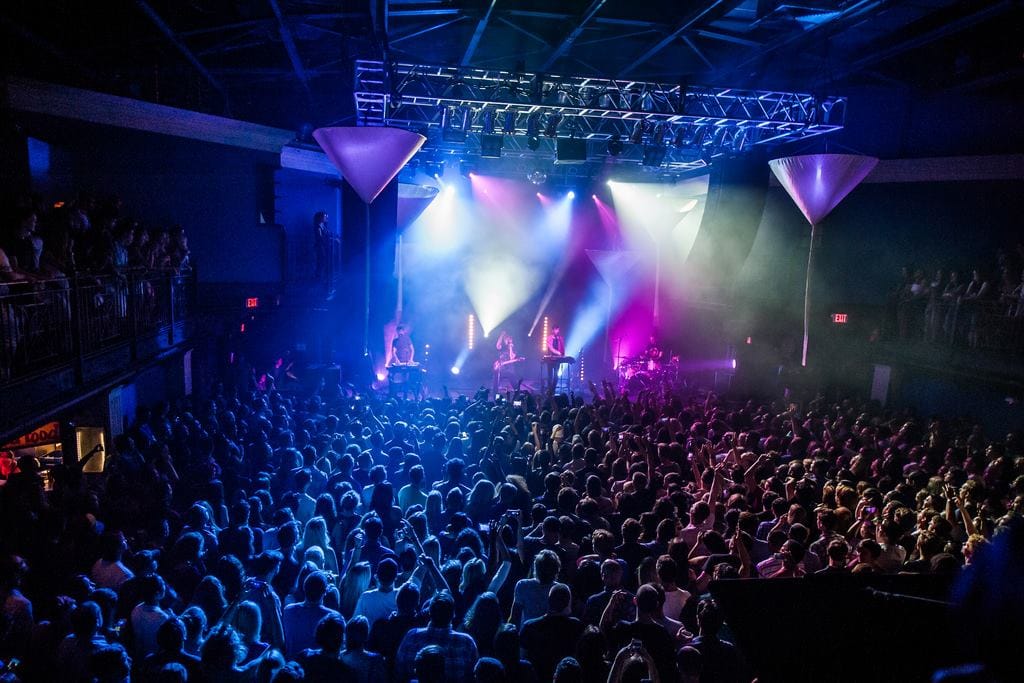
The 9:30 Club's forty-fifth anniversary reflects on one little venue's outsized effect on the music industry
At the corner of Ninth and V Streets sits a building, somewhere between small and mid-sized, fairly nondescript from the outside.
The pale, weathered brick from repeated muggy DC summers shows signs of age; the wooden blue billboards on the exterior wall, on closer look, are rough with little nicks all over them, as if from the traces of dozens of posters stapled on top of each other. Complete with the glint of flickering neon signs of the dingy bars across the street, the 9:30 Club is an unequivocally un-flashy place to be during the day — you’d surely pass right by it without a thought.
Even today, from the outside, you’d never guess this somewhat tired, eerily industrial-looking establishment has actually seen some of the most iconic music performances in history — and kept bringing the same musicians and fans back again and again.
But right in the heart of Northwest Washington, DC, lies the 9:30 Club, a small music venue that has made a big name for itself. It is nationally known as one of the most loved venues for live music.
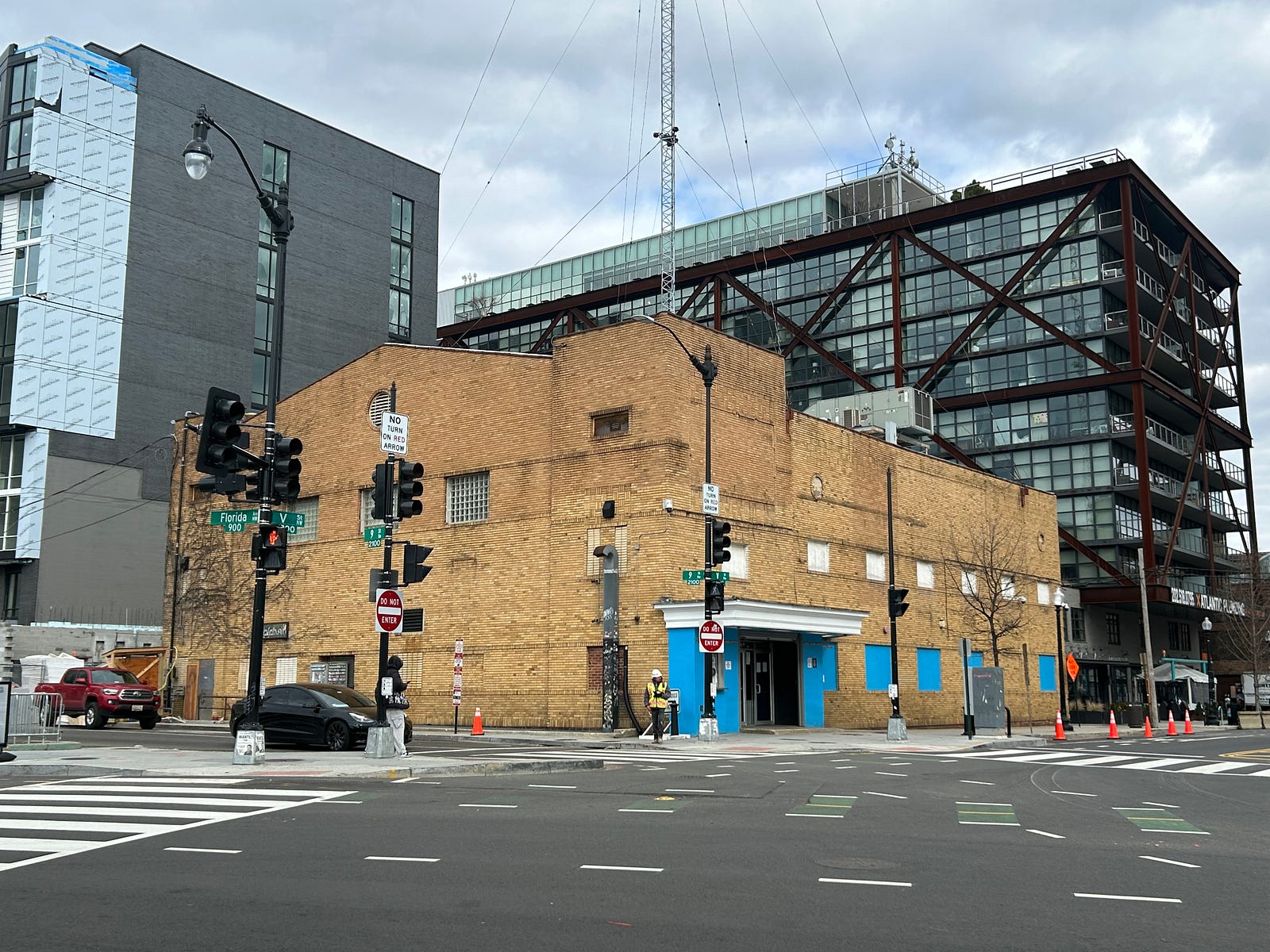
Founded in 1980 by Dody DiSanto and Jon Bowers, the 9:30 Club has been going for forty-five years now. It has brought the likes of musical pioneers (Bob Dylan, Johnny Cash), alt-rock legends (Radiohead, R.E.M.), pop and hip-hop stars (Ravyn Lenae, Remi Wolf), and indie up-and-comers onstage.
9:30, named for its first location on an overlooked stretch of downtown at 930 F St, has been bringing live music to its now-permanent spot at 815 V St since 1996. Between the two locations and decades of music made inside those eight walls, the 9:30 legacy teems with sonic history.
But, like many small venues, it was not an easy road.
Back in the 80s, when the Club had just opened in the Atlantic Building, which was built in 1888 (and as one can imagine, not for the purpose of cramming hundreds of people inside to dance to the punk or rock booming out of the shaking onstage speakers), it was considered not a bad year when a smaller stage like 9:30 lost only $100,000. The smaller clubs were just not a money-making venture.
Locals can remember when 930 F St was surrounded by wig shops and liquor stores in its early days, as well as Ford’s Theatre, the hall where Abraham Lincoln was assassinated: definitively not the coolest stretch of town.
The original 200-capacity iteration was also crawling with rats and known for its olfactory smorgasbord famously compared to cigarettes soaked in Lysol and the bottom of a garbage collector’s shoe. It would quickly get wretchedly hot inside without air conditioning to cool the sweaty, dancing fans. Suffice it to say, the Club was less of a glamorous concert hall and more of a fixer-upper.
Enter Seth Hurwitz and Rich Heinecke, who began promoting and booking acts for the Club in 1981. The pair initially brought small acts, hoping to work them up to the big stage, as was the path for bands — especially before giants like Live Nation came onto the scene.
Hurwitz always had a passion for connecting people with music. He can recall how he’d skip the playground at recess in favor of sitting inside, playing records he’d brought to school. At home, he’d take a stab at disc jockeying, putting together a little electronic kit strategically placed just so in order to pump music out to other rooms of the house where his family members were.
The curation of the music experience for Hurwitz led to him being embedded into the art of live performance as a promoter, and five years later, owner of the 9:30. The Club’s first years, thanks to Hurwitz’s sharp ear for acts, became known as the haven for local bands that needed a place to play and a stopover for alternative bands that were getting broadcast on college radio.
Punk and go-go, especially, a DC-born genre, found a home on the 9:30’s stage, as genres typically passed over by other places. 9:30 was soon seen as where DC’s large and growing underground punk scene could make its mark. Groups like Bad Brain, Teen Idles, Minor Threat, and Rites of Spring are among those that found their stage presence in 930 F St.
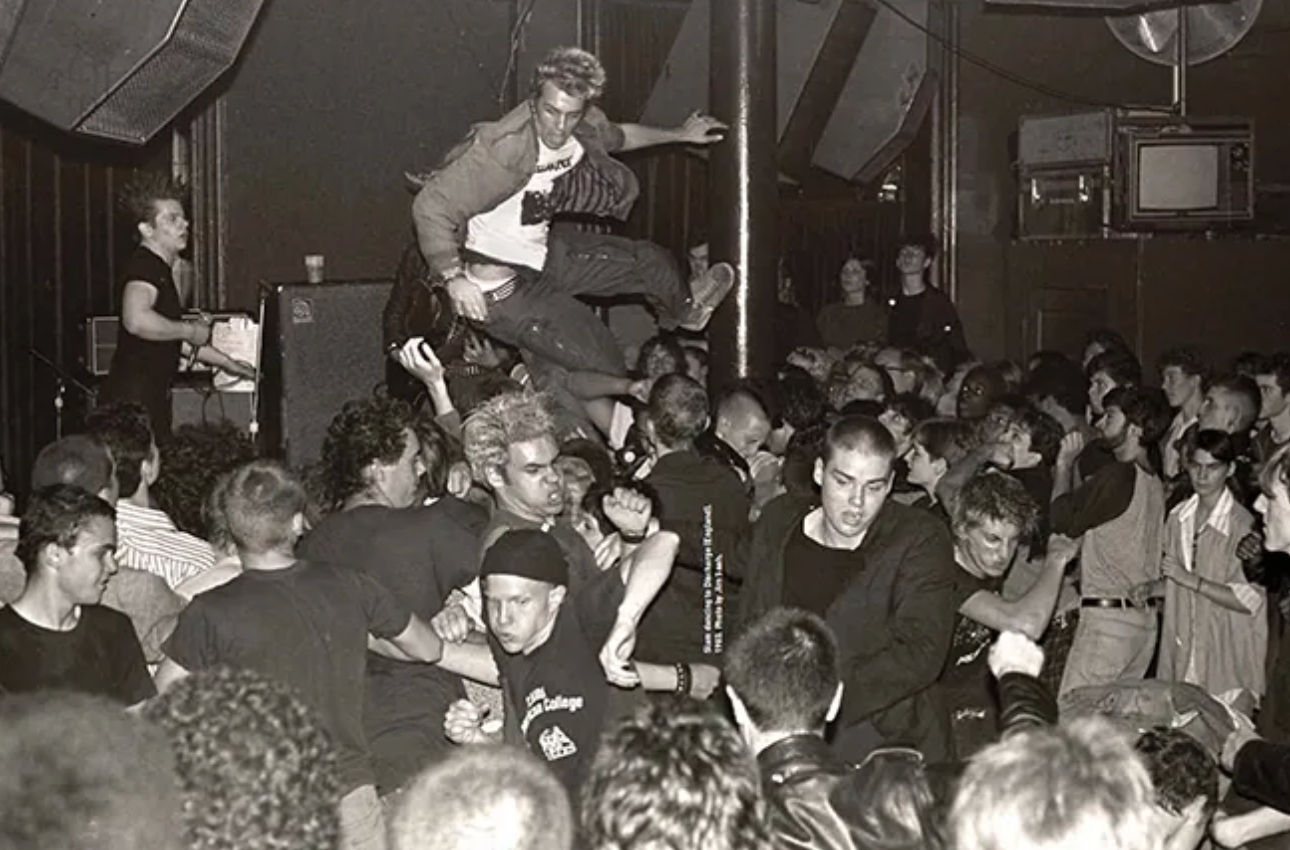
Other alternative bands became drawn in, too. Soon enough, 9:30 was hosting the Violent Femmes, the Go-Go’s, and even an alleged R.E.M. showdown in which two bands by the name played to win the title for keeps (which worked out really well for one of them).
The Club garnered a reputation for being an arts hub nestled downtown that would open its doors — and stage — to just about anyone and attracted just such a crowd. Local arts connoisseurs and nascent, under-eighteen punk appreciators flocked to take in DC’s cultural scene, and they came back again and again.
“It’s safe to say I’ve probably been there a hundred times or more,” says Roger Gastman, author of 9:30: A Time And A Place.
Another regular, Ian McKaye, has even that beat. “How many times have I been to the 9:30 Club? Thousands,” remarks the lead singer of Minor Threat and owner of Dischord Records, who frequents the space both on and off the stage.
The Club’s 200-person limit was routinely overpacked, its L-shaped floor plan full of fans who hoped to mingle with the bandmates in the long hallway. Despite its full house, the little venue was still not making a profit, causing DiSanto and Bowers to sell it to Hurwitz.
Hurwitz did not initially have interest in buying the space, he’s said, preferring his role in booking shows. But as his career grew along with the acts he booked, who moved to bigger — and money-making — venues, something in him didn’t want their origins to be lost, nor for his stream of talent discovery to evaporate.
But it did, regardless. By 1993, a new venue catering to small groups came onto the scene, led by an investor squad that included Dave Grohl, the Nirvana drummer. The Black Cat’s bigger capacity of 800, nicer dressing rooms, and then-grandiose stage suddenly started drawing the acts uptown.
“All our so-called friends walked,” Hurwitz told Billboard.
9:30 saw the competition and raised it, deciding it had outgrown its own location.
“We wanted to create the greatest Club ever — never an argument again. No question where people would play,” Hurwitz said.
And they found it. In 1996, the staff cut the ribbon on the current establishment on Ninth and V streets.
The new digs were themselves laden with musical history. The building was previously home to a nightclub, dubbed the Music Hall, in 1945; it opened to provide a more welcoming performance space when the Trinidadian pianist Hazel Scott was told she couldn’t play at the DAR Constitution Hall. Louis Armstrong was the Music Hall’s first act two years later, who played there for a week straight. It later hosted Dizzy Gillespie, Ella Fitzgerald, and many other jazz greats.
Duke Ellington, a DC native, later briefly opened his own Club in the same spot after the Music Hall closed. A few years later, it became a dance studio and then an influential Black-oriented radio station, WUST (you can still see the piercing radio tower spiking out above the venue today).
“We walked into this place, and it was a relic,” Hurwitz told Washingtonian Magazine about scoping out the next home for 9:30. “I knew it was a cool place. It was just the vibe. It had the soul — it had the thing. As dumpy as it was, I swear, the minute I walked in, it was: ‘We need to get this place.’”
So they did. Among its advantages was its flexible size, attributed to a moving stage that could comfortably house 300 or 1,200 without anyone noticing the difference. “The challenge was at the 9:30 Club, we got all these acts, we got the history…because we had the best small plays. We still needed the best small plays. We needed to have the best big Club and the best small Club.”
“The goal was to build a club that the bands would think was so great, they wouldn’t want to play anywhere else.”
But it would still take some rustling to get people to the new location, they thought, now that Black Cat was on the scene. Their opening night, January 5, 1996, was rung in by the Smashing Pumpkins, one of the biggest rock groups in the zeitgeist of the time — setting the 9:30’s second take off to a level of success that matched the group of head-banging gourds.
After that, 9:30 saw consistent sold-out shows. Musicians flocked to the venue to put it in their tour line-ups.
“I thought it would take time,” Hurwitz said. “I thought the word would have to get out. But no. The second we opened, that was it: This is where everyone wanted to play.”
It was true: the new locale grew from being the local punk and go-go spot to featuring Bob Dylan, Dolly Parton, Al Green, the Beastie Boys, and the Red Hot Chili Peppers, to name a few— even the Clintons rented out the space one night for a private party.
And, it helps that the new space has air conditioning, especially on those 90-odd degree summer nights in DC.
9:30 now features the big names of the moment and the emerging musicians alike, leaving room for everyone onstage. While it has the feel of a grungy hall of rock inside (as the band Clutch’s Neil Fallon described, “the remarkable thing is that when the club moved, it maintained its mojo”), the new Club runs the gamut of genres. They even double up on shows several nights, having an early and a late show to make as much room as possible in the spotlight. But Hurwitz still maintains his rigorous curation of music for the space, passing on acts that he doesn’t think fit the vibe of 9:30.
He went from being a promoter to owning 9:30 and four more DC venues under his company, I.M.P. The latest addition came in 2023, right next door.
Hurwitz and his team commissioned a replica of the Club that existed in 1978 at 930 F St, a few years before the 9:30 Club, called The Atlantis. It was a linchpin of DC’s cultural landscape of the time, right up until its closure.
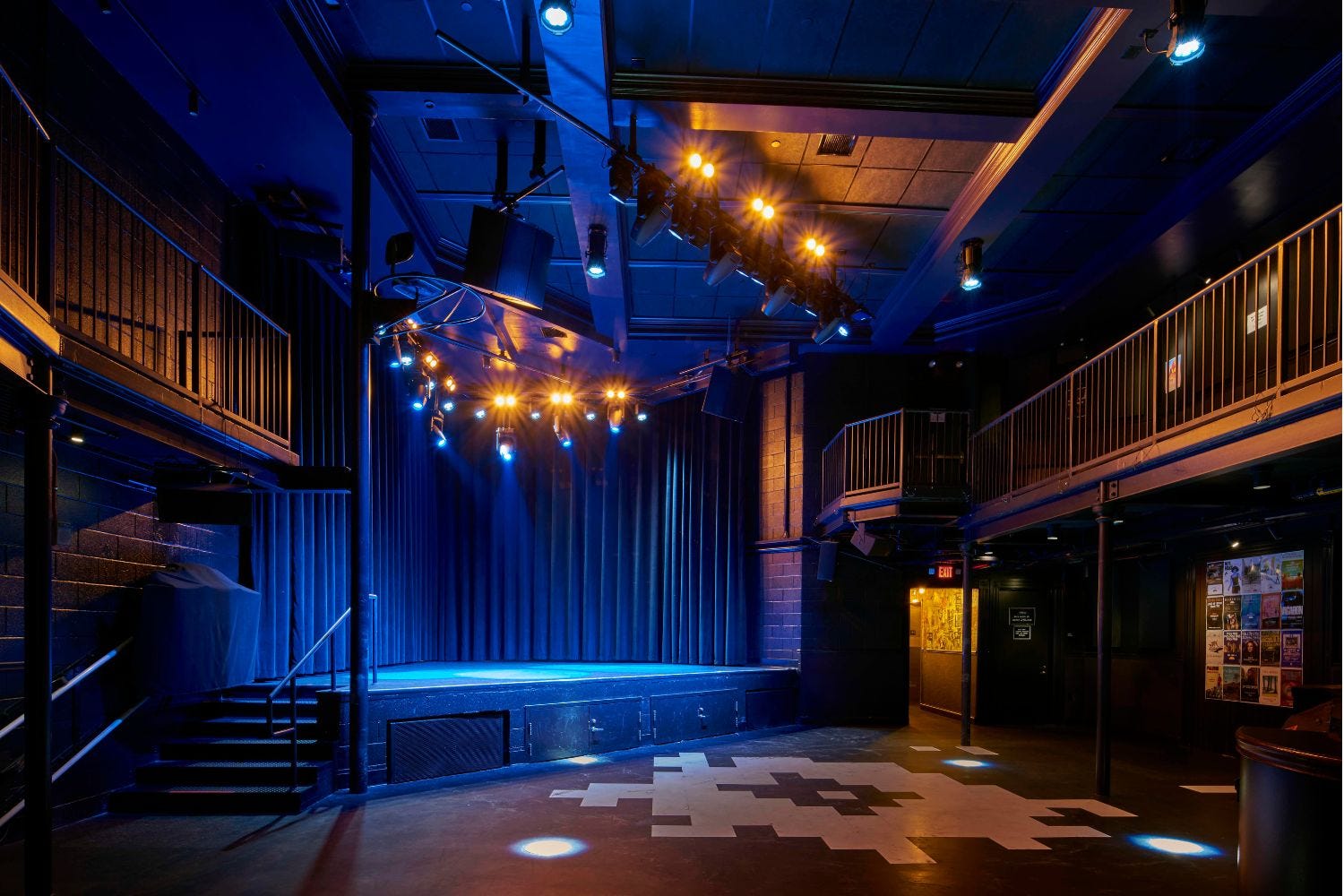
The new Atlantis is I.M.P.’s homage to its predecessors and contribution to the future. The 450-person capacity venue is a feeder spot for green bands to grow and eventually work their way up to the stage next door.
“The Atlantis is Where Music Begins — built from the ground up not just to honor what came before, but to solidify a stage that supports burgeoning artists in telling their story,” the venue’s website says. “Every star started somewhere — we hope they start here.”
And even better, the new Club got its start with a bit of help from none other than Dave Grohl — the Foo Fighters played on opening night.
9:30 has pulled bands into DC’s orbit and elevated the city’s cultural scene to a level unparalleled by any other venue. Those who have played its hallowed halls know it. This local institution doesn’t stop at being a neighborhood favorite; it’s nationally known for its contributions to finding and cultivating culture.
“I’m sure there were other clubs people wanted to get into, but that was top of the shelf for me,” Fallon told The Guardian.
“I think it’s one of the best, if not the best-run venue in the country — and I know a lot of tour managers who would agree with me,” McKay added.
At forty-five years strong, 9:30 has brought DC just about every concert experience. It has threaded an extensive canvas of musical talent and is not just a small, slightly weathered-looking nightclub. It’s a cornerstone of music history and the birthplace of its future.
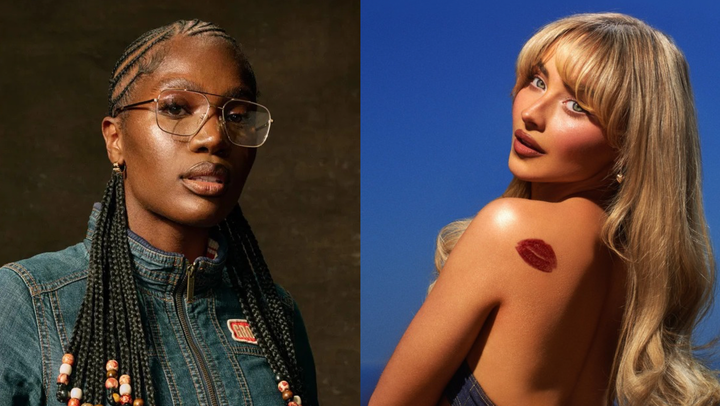
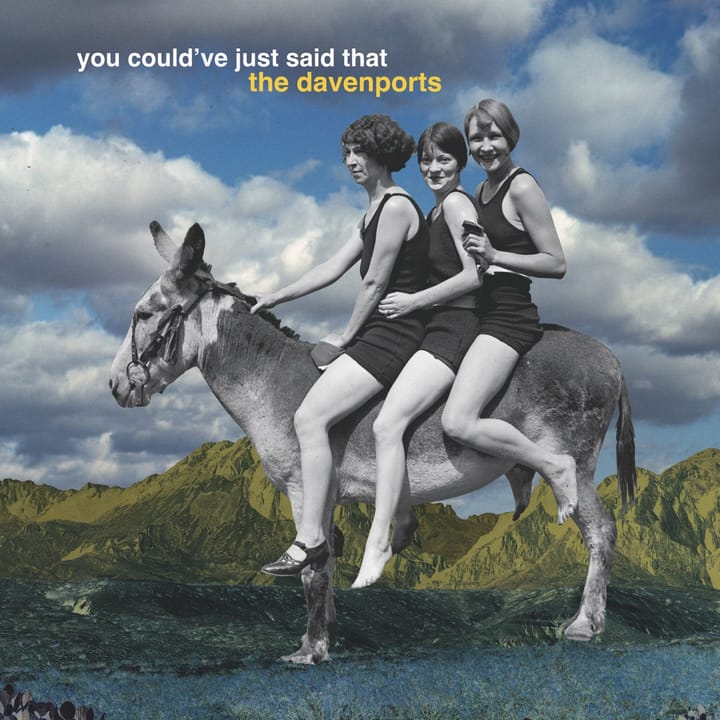

Comments ()